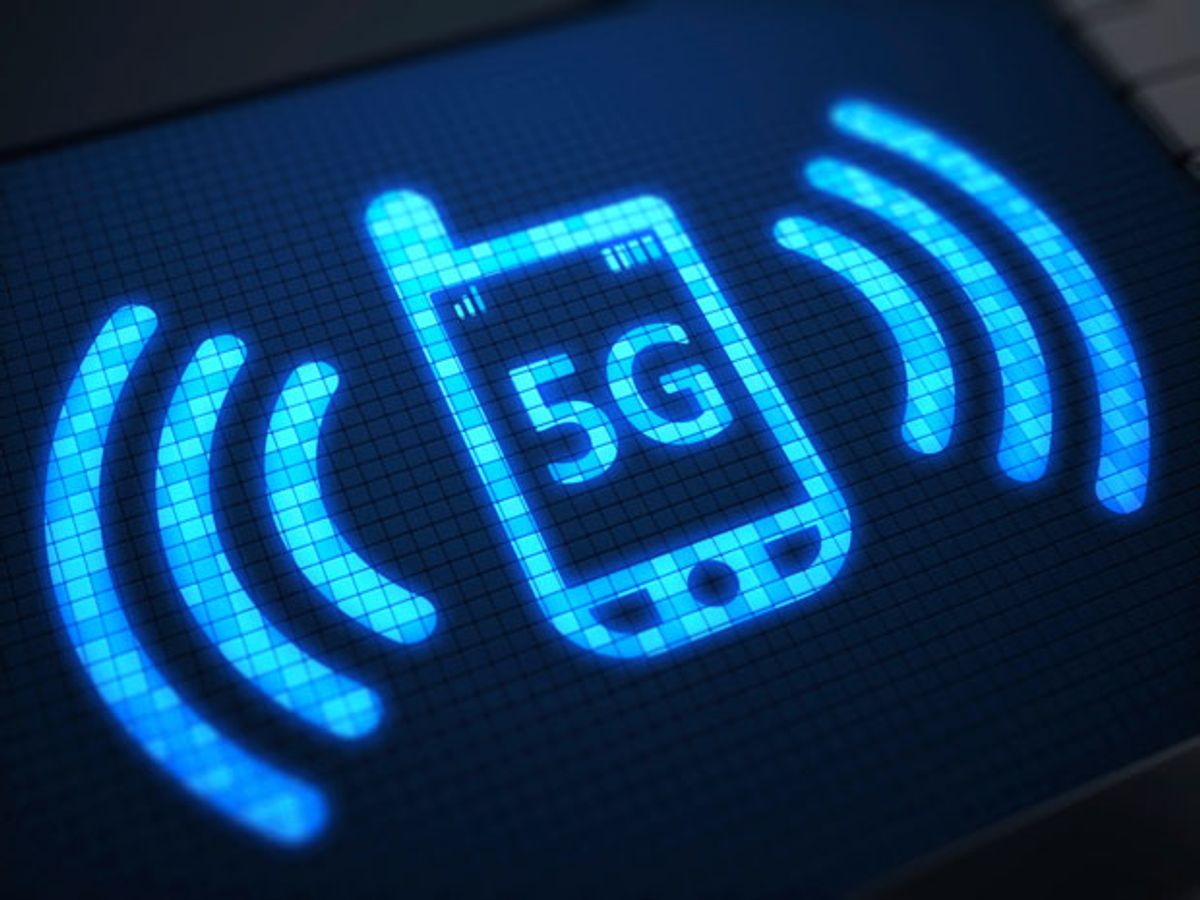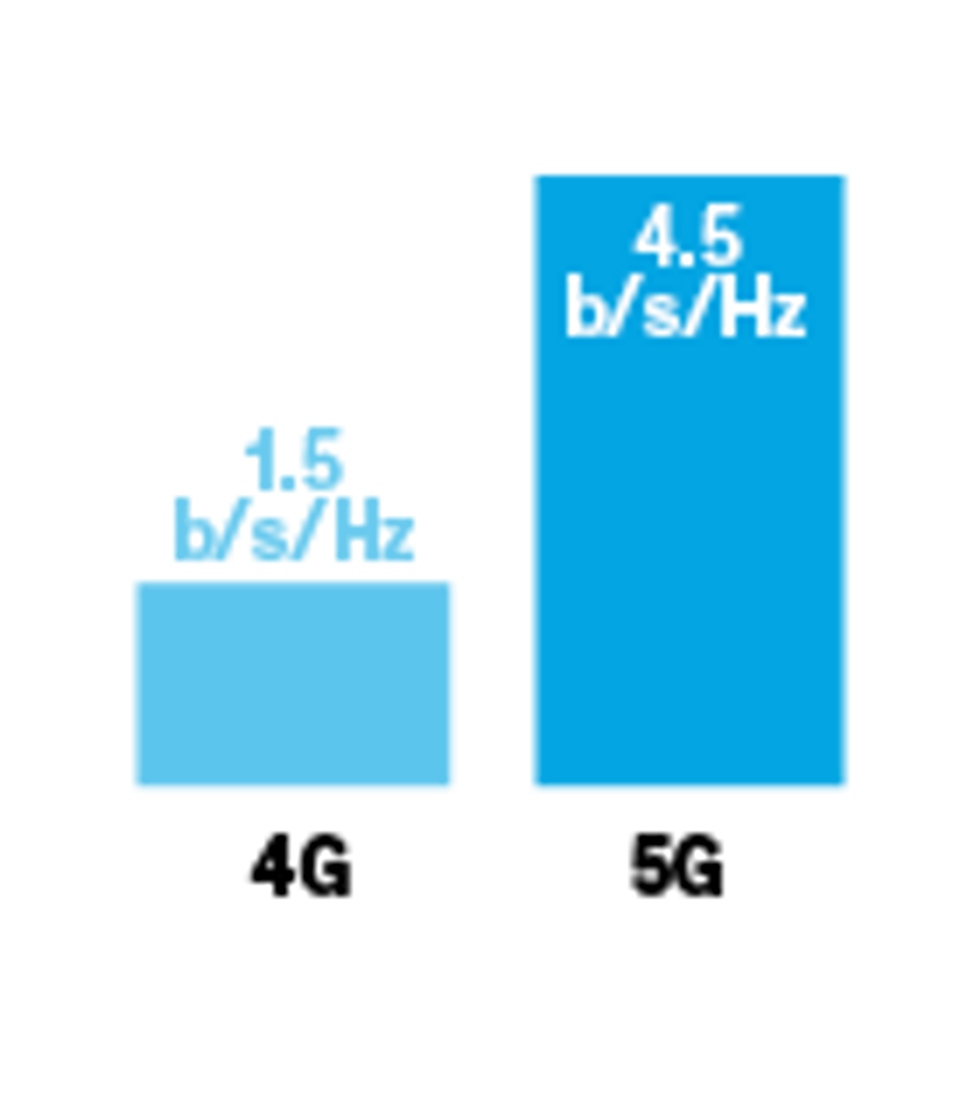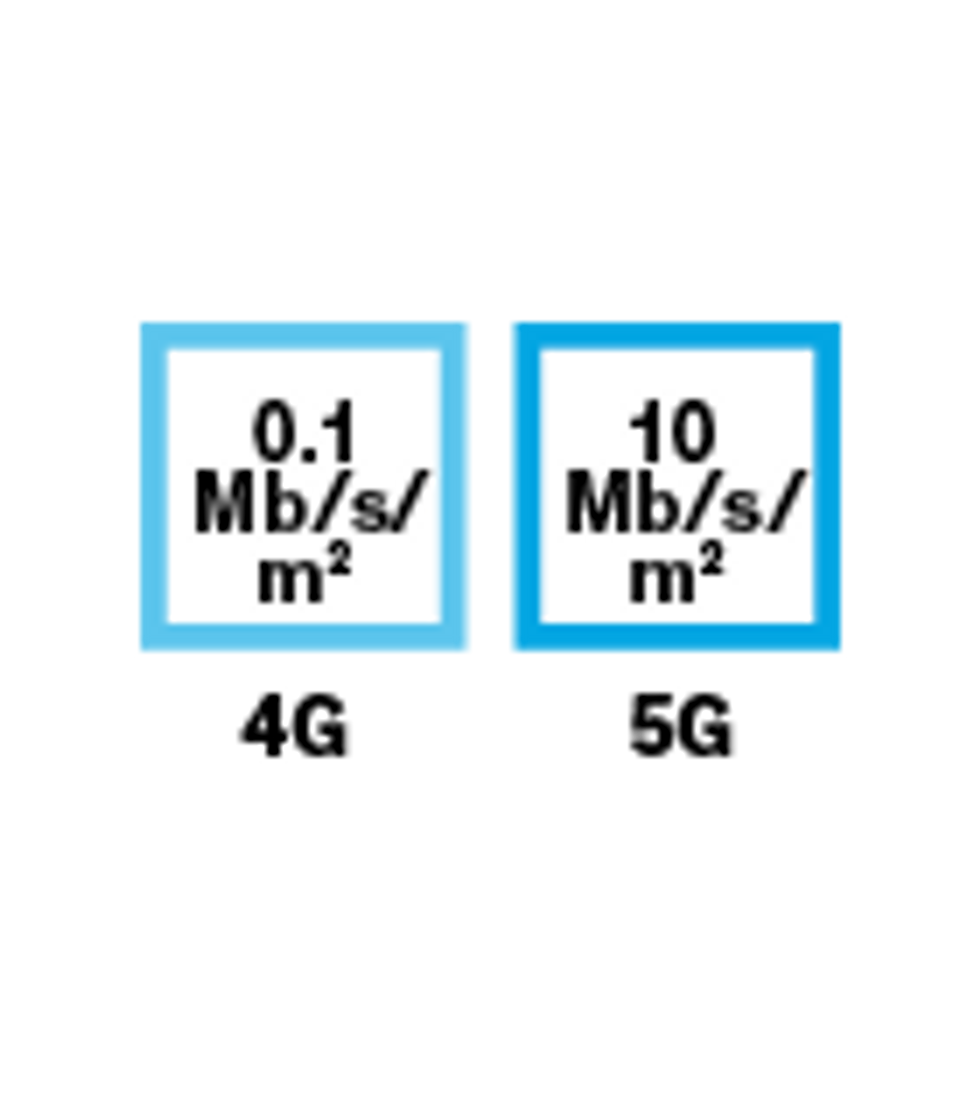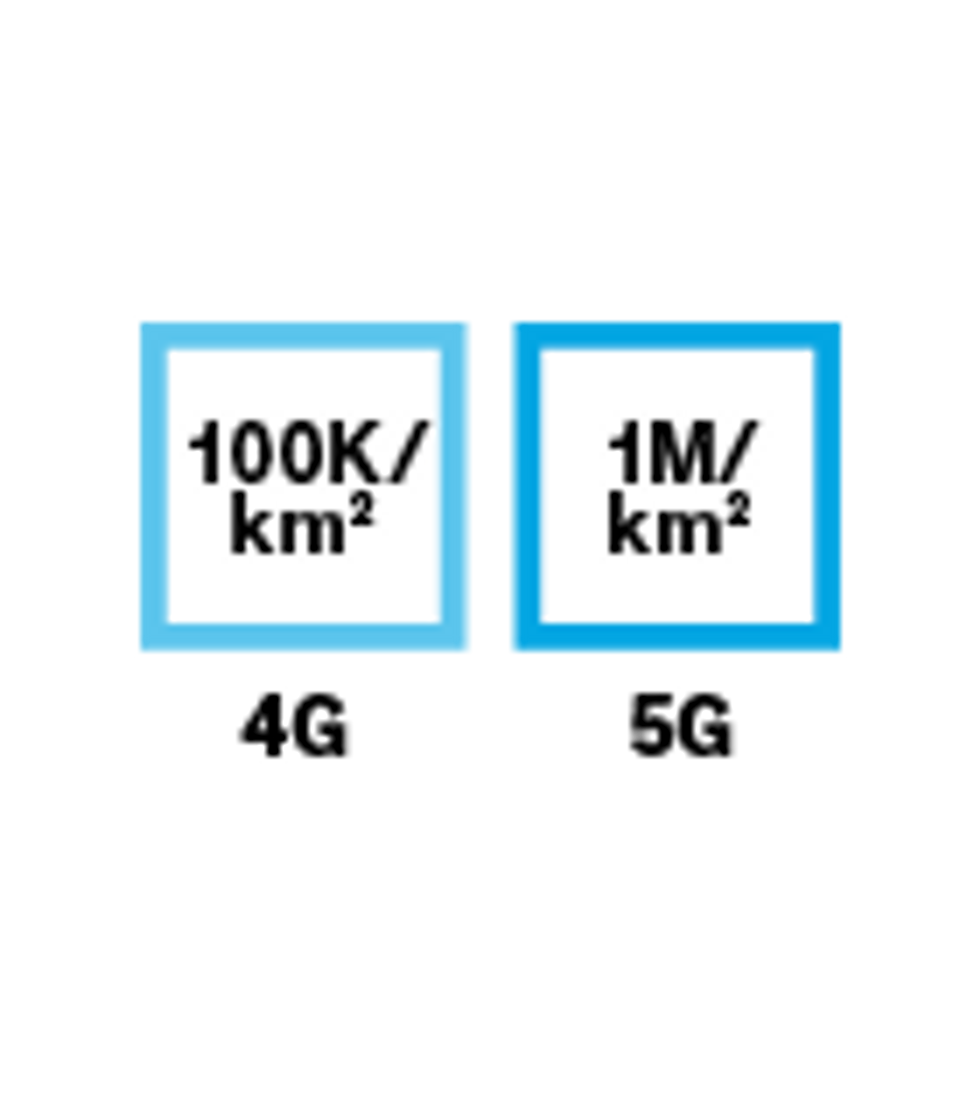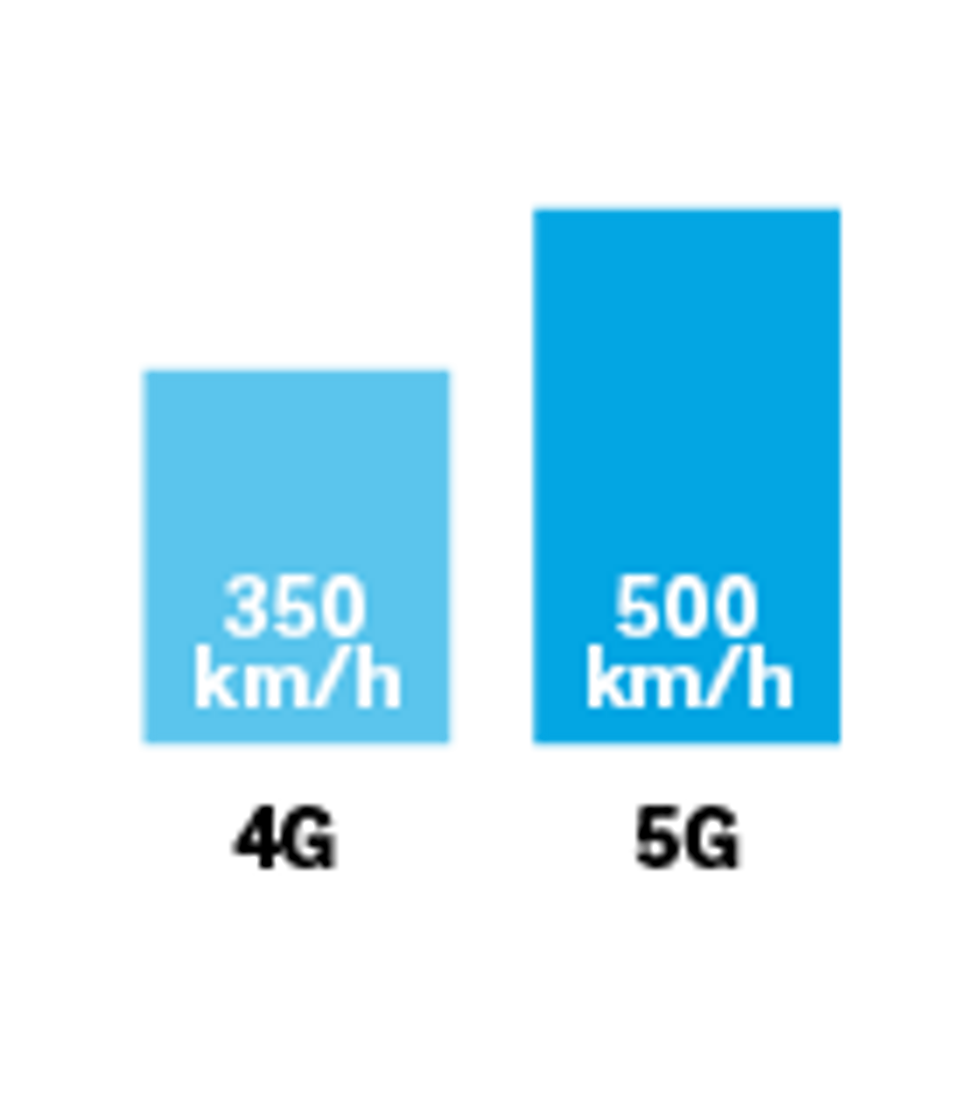Even before the 4G technology your smartphone uses was rolled out in earnest, telecommunications experts were dreaming of the next generation: 5G. But what 5G will do and how it will do it have remained pretty nebulous. “5G is a plethora of technologies that people are trying to bring together. What technology should be prioritized in what way?” says Thyaga Nandagopal, the director of the Networking Technologies and Systems program at the U.S. National Science Foundation.
But pressure to answer that question is mounting: Within five years, mobile service providers will need the new networks to power the Internet of Things, where just about everything, including smart cars, homes, thermometers, and portable sonar fish detectors, will be online.
In October, the International Telecommunication Union (ITU) will try to give 5G a definition. The ITU’s IMT-2020 Focus Group reviewed more than 60 research proposals and will pitch the first 5G network blueprint. The draft lays out major gaps in the 5G wire-line network infrastructure, such as software and high-level network architecture, according to Peter Ashwood-Smith, chairman of the focus group. It will suggest potential technology improvements and a timeline for when each component of 5G needs to be ready before deployment, he says.
In June, the working group released goals for 5G such as support for data rates up to 20 gigabits per second, the ability to allow massive armies of devices to connect in a small area, and reduced energy consumption. With all the combined network upgrades, surfing the Web on 5G may be even faster than using your laptop’s Wi-Fi. Theodore Rappaport, director of the NYU Wireless research center, in New York City, says 5G will be like “fiber optics in the air.”
“As wireless devices become more plentiful, we’re going to need more data and more spectrum,” Rappaport says. Mobile data traffic across the globe grew 69 percent between 2013 and 2014, reaching 2.5 exabytes (over a billion billion bytes)per month, according to Cisco. And analysts expect data consumption to climb to 24.3 exabytes per month by 2019. 4G LTE, today’s technology, “can never accommodate this new demand,” says Rappaport.
Ashwood-Smith expects that the group will produce an even clearer picture of the wire-line broadband requirements by December 2015. “5G is going to affect us all,” he says.
What 5G Will Do and How It Could Do It
| Data Rate The maximum transmission data rate (gigabits per second) will be 20 times as fast as 4G LTE, while the average user will experience rates 10 to 100 times as fast. | Proposed Technologies | |
| Spectral Efficiency 5G will improve downlink spectral efficiency (bits per second per hertz) threefold. | ||
| Data Processing The network will be able to process 100 times as much data in a given area (megabits per second per square meter). | ||
| Device Density About 900,000 more devices per square kilometer will be able to connect to the network. | ||
| Mobility 4G can provide data to devices moving at up to 350 kilometers per hour. 5G will provide data to devices moving at up to 500 km/h. | ||
| Transmission Delay 5G will have one-tenth the latency (milliseconds) of 4G | ||
| Energy 4G takes 1 millijoule to transfer a 1,000-bit data packet. 5G will be able to transfer packets 100 times as efficiently |
Proposed Technologies Explained
Millimeter wavelength spectrum: To the surprise of many, engineers have demonstrated mobile data speeds higher than 1 gigabit per second on millimeter-wave frequencies (30 to 300 gigahertz). This will expand the amount of cellular spectrum beyond the prized but limited ultrahigh-frequency band used today.
Massive multiple-input, multiple-output (MIMO): One way to use the millimeter wavelength is through massive MIMO, which uses a huge array of antennas to steer and finely focus a radio beam so that it hits a receiver. Engineers have been able to fit 64 antennas in a space the size of a Post-it note.
Device-to-device (D2D) communication: D2D will allow direct communication between devices in close proximity without network assistance. Skipping the base station means one less step in getting information to devices.
Full duplex system: This allows the transmitting and receiving of data at the same time and on the same frequency.
Small cells: Increasing the number of small-cell base stations will increase bandwidth. This will provide enough capacity for devices to consume hundreds of megabits per second.
Radio-access network virtualization: General radio-access network processor functions will be virtualized into the cloud. Today’s radio-access network is built with many individual base stations. By virtualizing the network, multiple service providers can physically share the same data center platform without any impact on connection strength.
Heterogeneous network architectures: Made of a combination of pico cells, small cells, macro cells, and different layers, these networks will provide appropriate coverage as the distance between a device and a base station changes. This kind of network will also be able to handle real-time location tracking and quick handoffs between base stations so that devices can keep working even when they’re moving at high speeds.
Content caching close to users: Information that is accessed frequently will be cached closer to the user so that it takes less time to get the data.
